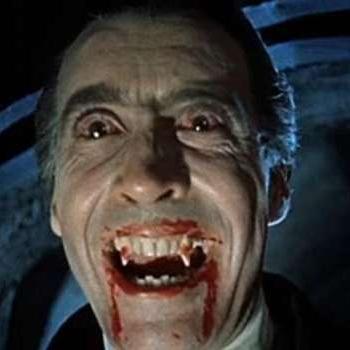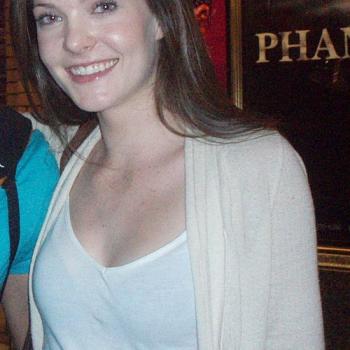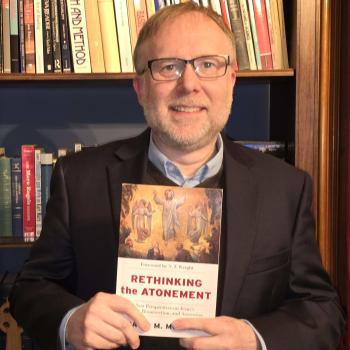Two stories from the past week have gotten me thinking about the role of art over Western history and in the contemporary world. The two stories in question are about the National Portrait Gallery's removal of an exhibit after a complaint by Catholic League President William Donohue and an installation of a digital version of DaVinci's famous "Last Supper" in the Park Avenue Amory in New York City.
One story, a beat down of the avant-garde. The other, recovery of a classic. Which story is a better model for culture?
Answer: both.
First, the avant-garde beat down. I'm not primarily interested in the reason for the beat down, though that is a larger debate worth pursuing elsewhere. I'm more interested in the power of art to generate reflection. I guarantee that had William Donohue said nothing, only a few thousand people would know about David Wojnarowicz's work. But now a lot of people are up in arms about this "Catholic censorship" thing, and the art itself will receive a great deal more attention. The Transformer Gallery has picked up the controversial video. Friends of Wojnarowicz can rejoice that he will gain notoriety much like Robert Mapplethorp.
The digital show of DaVinci fascinates me: it's allowing a "laptop generation" (so named in the NY Times story) to witness DaVinci's masterpiece in a way that most could not unless they traveled to a monastery in Milan. By any measure, "The Last Supper" is a classic. I understand the word "classic" in theologian David Tracy's sense, paraphrased below.
A classic is a person, text, event, melody, or symbol encountered in some cultural experience that bears a certain excess of meaning as well as certain timelessness; it confronts and provokes us in our present horizon with the feeling that something else might be the case. (Paraphrase of The Analogical Imagination here)
The only way to tell a classic is with time. All attempts at art, I think, aim at being classic; most fall short. What makes classics is the very fact that they capture what people are thinking about, or need to think about. There is, then, a natural affinity between art and heresy or blasphemy, if we understand these terms as describing what's outside the usual conventional wisdom about ultimate things like God, love, suffering, life, and so on. Art wants to challenge people, get them outside their natural tendencies to follow the herd. Michelangelo certainly did this with his crazy naked people all over the ceiling of a church!
Art, then, is a kind of corollary or counterpoint to cultural norms, whether they emerge from a church, a political system, or even a passing trend. If art provokes people to think about what people in a society are doing, and it continues to do that over time and over generations and even over centuries, it is classic.
I don't think that Wojnarowicz's work is likely to be a classic. It certainly carries an excess of meaning; otherwise people wouldn't be any more interested in it than the average anti-Christian graffiti. It is certainly not the case that every Christian in the world will be equally offended; Christian respondents to the Washington Post story indicate as much. I suspect that at this moment what is giving the work legs is precisely the fact that it is now an object of complaint by a group claiming religious authority, and so it sets off the usual "censorship" and "religious bigotry" bells in opposing camps. To be frank, I do find ants crawling over a crucifix pretty offensive, but there are plenty of other things I as a Catholic find offensive that I simply don't wish to call attention to.
That some art is offensive to people doesn't surprise me. There are going to be constantly re-drawn lines of offense in the public square; the one important thing is to insure that the conversation keeps going, and that tolerated offenses don't degenerate into consistently hateful speech-acts. I am concerned about hate speech, both toward Catholics (see this book by Philip Jenkins and this book by Mark Massa) as well as toward other groups, and so I understand Donohue's ire.





